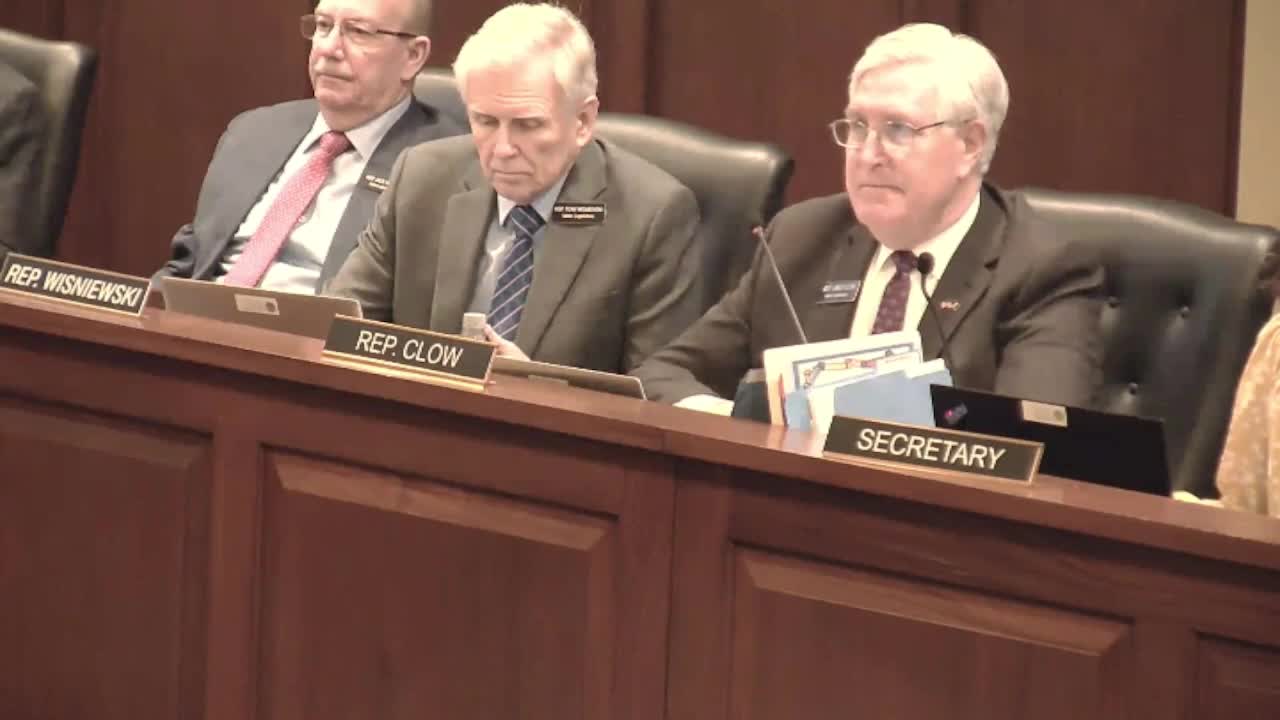Idaho committee moves forward with school safety bill addressing truancy and discipline
February 19, 2025 | Education, HOUSE OF REPRESENTATIVES, Committees, Legislative, Idaho
This article was created by AI summarizing key points discussed. AI makes mistakes, so for full details and context, please refer to the video of the full meeting. Please report any errors so we can fix them. Report an error »

The House Education Committee of the Idaho Legislature convened on February 19, 2025, to discuss significant legislative changes impacting school safety and student attendance. The primary focus was on House Bill 236, which aims to update existing truancy laws and provide school boards with more authority to manage student behavior.
During the meeting, educators expressed concerns about the enforcement of truancy laws, noting that while the term "habitually truant" has been part of Idaho code for years, it has rarely been enforced in practice. One educator highlighted the challenge of catching up students who have missed extensive periods of school, emphasizing the need for a more effective approach to truancy.
The bill proposes changes that would allow school boards to consider a student's criminal history when making decisions about school safety. Proponents argue that this information is crucial for maintaining a safe learning environment. Representative Deygard, a co-sponsor of the bill, clarified that the legislation does not mandate exclusion from school but empowers boards to make informed decisions based on a student's behavior.
Concerns were raised regarding the potential impact on students with medical conditions, with some committee members advocating for compassion and understanding in handling truancy cases. Representative Church, who teaches at a school for at-risk students, stressed the importance of providing support and resources for all students, particularly those facing significant challenges.
The committee ultimately voted in favor of House Bill 236, sending it to the floor with a recommendation for approval. The discussion also touched on Senate Bill 1032, which addresses the growing concern over cell phone usage in classrooms. Representative Petzke introduced the bill, emphasizing the need for distraction-free learning environments and the urgency of implementing policies by the end of the year.
The meeting underscored the Idaho Legislature's commitment to enhancing school safety and addressing the complexities of student attendance and behavior, reflecting ongoing efforts to adapt educational policies to current challenges.
During the meeting, educators expressed concerns about the enforcement of truancy laws, noting that while the term "habitually truant" has been part of Idaho code for years, it has rarely been enforced in practice. One educator highlighted the challenge of catching up students who have missed extensive periods of school, emphasizing the need for a more effective approach to truancy.
The bill proposes changes that would allow school boards to consider a student's criminal history when making decisions about school safety. Proponents argue that this information is crucial for maintaining a safe learning environment. Representative Deygard, a co-sponsor of the bill, clarified that the legislation does not mandate exclusion from school but empowers boards to make informed decisions based on a student's behavior.
Concerns were raised regarding the potential impact on students with medical conditions, with some committee members advocating for compassion and understanding in handling truancy cases. Representative Church, who teaches at a school for at-risk students, stressed the importance of providing support and resources for all students, particularly those facing significant challenges.
The committee ultimately voted in favor of House Bill 236, sending it to the floor with a recommendation for approval. The discussion also touched on Senate Bill 1032, which addresses the growing concern over cell phone usage in classrooms. Representative Petzke introduced the bill, emphasizing the need for distraction-free learning environments and the urgency of implementing policies by the end of the year.
The meeting underscored the Idaho Legislature's commitment to enhancing school safety and addressing the complexities of student attendance and behavior, reflecting ongoing efforts to adapt educational policies to current challenges.
View full meeting
This article is based on a recent meeting—watch the full video and explore the complete transcript for deeper insights into the discussion.
View full meeting